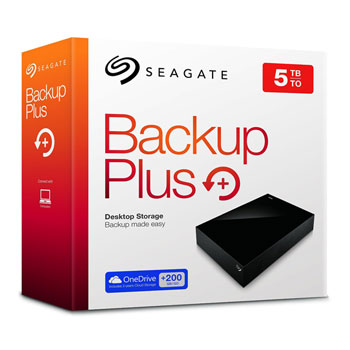.jpg)
Windows 10 S is Microsoft’s newest version of its Windows operating system. It’s designed for students, and it’s meant to take on Google’s Chromebook and Chrome OS ecosystem. What that means in practical terms is that 10 S is a more locked-down version of Windows, with users limited to only being able to install Windows Store applications. The flip side is that by requiring applications to only come from the Windows Store, Microsoft can do a whole lot more to ensure that Windows 10 S is a fast, secure operating system.
So whether you’ve got a fancy new Surface Laptop or a budget HP ProBook, here’s how to survive with those limitations and make the most out of your Windows 10 S experience.
Web browsing
In today’s cloud-based world, your web browser is almost a more important choice than your operating system. If you’re on Windows 10S, that means you’re stuck using Microsoft Edge. Google doesn’t make Chrome for Windows 10 S, and even if it did, Microsoft won’t let you set it as the default browser. Microsoft’s Edge browser isn’t my preference, but it’ll still get the job done for most of what you need to do. I work almost entirely web-based, and between writing and browsing, I didn’t really run into any issues. Flash is also available on 10S, although Edge will disable it by default, even on pages like the Microsoft Store.
The biggest annoyance with Edge, however, is importing user data. While Edge on regular Windows can import bookmarks and other data from installed browsers, Windows 10 S can’t grab data from other browsers. It’s messy, but the easiest way to get all your Chrome or Opera data to Windows 10 S is to export bookmarks to an HTML file, and manually import them. Alternatively, you can get a different Windows 10 computer, sync your Chrome settings, import them to Edge, and then sync those to your Windows 10 S machine.
Similarly, Edge didn’t have any of my usernames or passwords conveniently saved, but using a password management service like LastPass (which functions cross-platform, and is available through the Windows 10 Store) will help simplify that process.
Frustratingly, Windows 10 S is still Windows at its core, so websites will still ask if you’d like to install apps (Yes, Google, I would prefer to use Chrome but I can’t!), and installers will even tantalizingly download as they normally would. You just can’t install anything outside of the store. Microsoft is going to redirect users to the Windows Store when they try to download .exe files on Windows 10 S, but it’s unclear how far it’s implemented it, and there’s clearly more work to be done to make this clear to consumers.
Music
Next up, we’ve got music. Obviously, if you use Microsoft’s Groove Music service, you’re already good to go, but I suspect that applies to fewer people than Microsoft would like. More likely, you’re a Spotify user. While you might have been forced to use a mobile version of the Spotify app at one point, Microsoft now offers the regular desktop version of Spotify on the Windows Store, so you’ll be able to use it like you would any other computer.
If you’re an Apple Music subscriber, right now you’re still out of luck. Apple doesn’t offer a web player, so you need iTunes. But Microsoft announced at Build 2017 that it’s reached a deal with Apple and will be offering iTunes on the Windows Store soon, though we still don’t have a firm date as to when that happens.
Of course, any web-based services, like Pandora, Google Play Music, YouTube Music, or Tidal will all work fine in Edge.
Word processing
If you’re buying a Windows 10 S machine, there’s a good chance you’re a student or working professional who’s going to need to do some word processing at some point. Since this is Windows, you’ll probably be using Microsoft Word to do it.
This is where things get slightly complicated. Microsoft offers two versions of Office for Windows 10 S right now: a “preview” version of the full desktop Office that’s now available through the Windows Store, and the mobile version of Office that Microsoft created for mobile devices like tablets and phones. (The mobile versions are hidden in search, but you can find them here.) Which one you use is a matter of preference, but if you can get away without some of the more advanced features of Word and PowerPoint, I personally find that the mobile version is a bit more streamlined for quickly getting things done.

Hi! I am a robot. I just upvoted you! I found similar content that readers might be interested in:
https://nz.peopleread.net/post/905794-how-to-make-the-most-out-of-windows-10-s
Downvoting a post can decrease pending rewards and make it less visible. Common reasons:
Submit
I followed you. Please follow me back @srsrahman
Downvoting a post can decrease pending rewards and make it less visible. Common reasons:
Submit